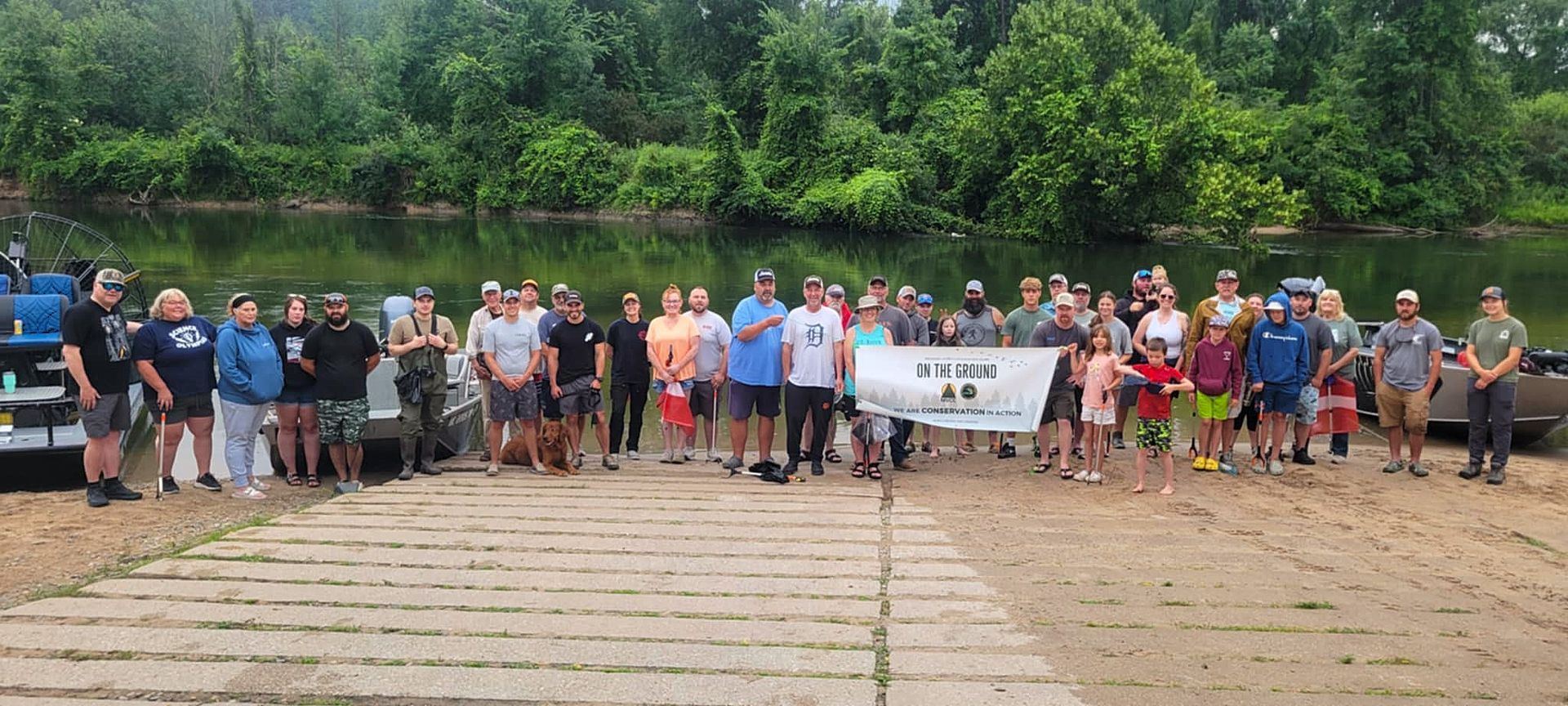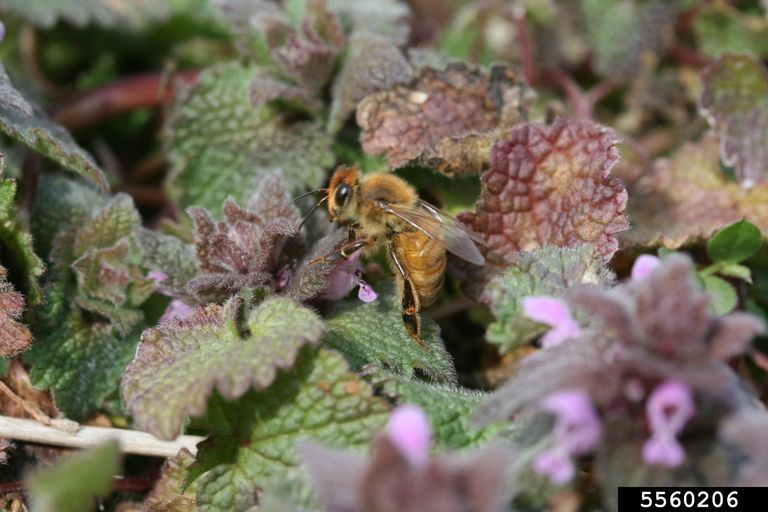DNR Seeking Public Input on Forest Management Plans
The Michigan Department of Natural Resources (DNR) seeks public input on its 2025 Forest Management Plans.
According to the DNR these plans are necessary “to keep Michigan’s nearly 4 million acres of state forest healthy and thriving.”
A number of open houses are planned across the state. These open houses serve as informal meetings to meet with unit managers and provide comments on the proposed plans. More details on these in-person meetings can be found HERE .
To select a forest management unit and provide comments digitally you can go to the DNR’s mapping program HERE . Each unit is only open for comment during a designated period.
After the comment period closes for a specific unit the department will finalize and publish the plan. These meetings are called Compartment Reviews and are currently only being held virtually.
To ensure our natural resources remain protected and managed thoughtfully and our outdoor heritage defended, join Michigan United Conservation Clubs today: http://bit.ly/JoinMUCC .
The post DNR Seeking Public Input on Forest Management Plans appeared first on Michigan United Conservation Clubs.
Recent Posts



